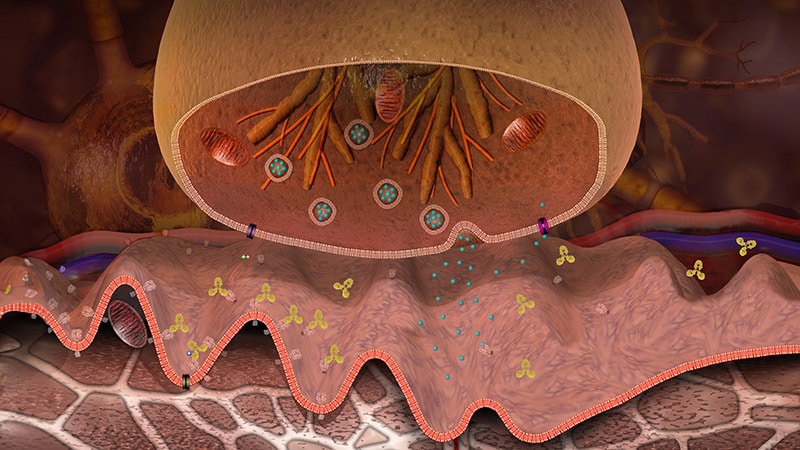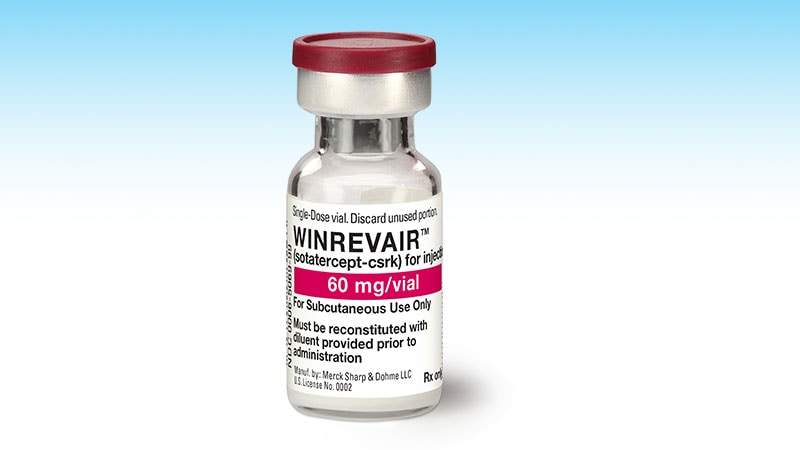Retinitis pigmentosa (RP) is a group of inherited eye diseases characterized by progressive degeneration of the retina, leading to gradual vision loss and, potentially, blindness. RP typically manifests with night blindness, followed by gradual narrowing of the visual field, known as tunnel vision, and eventual loss of central vision. The condition often starts in childhood or adolescence and progresses over time, although later onset is not uncommon and the rate of progression can vary widely among individuals. Diagnosing RP involves a comprehensive ophthalmic evaluation to assess visual function and identify characteristic retinal changes. Visual-field testing, such as automated perimetry, evaluates peripheral vision loss and the presence of tunnel vision. Fundus examination may be subtle, but in most cases reveals characteristic retinal changes, including bone spicule pigmentation, vascular attenuation, and mild to profound optic disc pallor. Electroretinography is a valuable diagnostic tool that measures the electrical responses of the retina to light stimulation, providing information about retinal function. In RP, electroretinography typically shows reduced or absent rod and later cone responses, indicative of retinal dysfunction. Early and accurate diagnosis of RP is crucial for initiating appropriate management strategies, including offering genetic counseling, optimizing visual rehabilitation, and monitoring disease progression over time.
Here are five things to know about RP.
1. Various conditions associated with RP, known as syndromic forms, can present unique challenges for diagnosis and management.
RP can present as isolated ocular disease or as part of syndromic forms associated with other systemic manifestations. Syndromic RP, such as Usher syndrome or Bardet-Biedl syndrome, presents additional challenges for diagnosis and management owing to multiple organ system involvement. The prognosis for syndromic RP may depend on the severity and progression of associated systemic features. Usher syndrome, for example, is characterized by RP, congenital hearing loss, and, in some cases, vestibular dysfunction. Bardet-Biedl syndrome, another syndromic form of RP, is associated with obesity, polydactyly, kidney abnormalities, and cognitive impairment. Other syndromes such as Alström syndrome, Senior-Løken syndrome, and Refsum disease may also present with RP alongside various systemic features.
The presence of additional health conditions in syndromic forms of RP can complicate diagnosis and management, requiring multidisciplinary care involving ophthalmologists, audiologists, geneticists, nephrologists, and other specialists. Comprehensive evaluation and genetic testing are essential for accurate diagnosis and identification of associated syndromes, as well as for guiding appropriate treatment and management strategies. While there is currently no cure for syndromic forms of RP, early intervention and proactive management of associated health conditions can help improve outcomes and quality of life for affected individuals. Ongoing research into the underlying genetic mechanisms of syndromic RP holds promise for the development of targeted therapies and personalized treatment approaches tailored to the specific needs of patients with these complex conditions.
2. Emerging treatments for RP encompass a variety of approaches aimed at slowing disease progression and improving visual function in affected individuals.
In advanced stages, low-vision aids play a crucial role in maximizing the quality of life for individuals with RP by enhancing their remaining vision. Visual aids such as magnifiers, telescopes, and electronic devices can assist with tasks like reading, navigation, and object recognition, allowing individuals to maintain independence and participate in daily activities.
Pharmacotherapy and laser therapy are also being explored as potential treatment options for RP. These approaches aim to target specific pathways involved in the progression of retinal degeneration, with the goal of slowing vision loss and preserving retinal function.
High-dose vitamin A (15,000 IU) has been considered a potential therapy to slow retinal degeneration since the 1960s. However, recent findings show that a high-dose vitamin A supplementation regimen has no overall benefit, and vitamin A should actually be avoided by patients with RP caused by mutations in the ABCA4 gene, in women planning to conceive, or in patients with severe osteoporosis. The latest research has reconfirmed that vitamin E supplementation at 400 IU/d had an adverse effect, and vitamin E should be avoided by patients with RP.
Retinal implants offer a promising solution for individuals with advanced RP who have lost significant vision. These implants function as visual prostheses, bypassing damaged photoreceptor cells and directly stimulating the remaining retinal cells to generate visual signals. While not a cure, retinal implants can significantly improve visual perception and quality of life for some patients with RP. The Argus II retinal prosthesis was approved by the US Food and Drug Administration (FDA) for use in patients with end-stage RP and provided some improvement in daily functions. Overall, this device provided very low-resolution vision and is no longer commercially available in the United States.
Gene therapy holds great potential as a targeted treatment approach for RP. By delivering healthy genes to replace mutated ones responsible for the disease or inactivating harmful genes, gene therapy aims to halt or even reverse the progression of retinal degeneration. Clinical trials are underway to evaluate the safety and effectiveness of gene therapy for various forms of RP, with promising preliminary results. In 2017, the FDA approved voretigene neparvovec-rzyl, the first directly administered gene therapy targeting one type of RP associated with RPE65 mutations in both copies of this gene.
In addition to these established and emerging treatments, ongoing research is exploring novel approaches such as stem cell therapy. By harnessing the regenerative potential of stem cells, researchers hope to replace damaged retinal cells and restore vision in individuals with RP. While still in the experimental stages, stem cell therapy holds promise as a potential future treatment option for this debilitating eye disease.
3. Patients with RP typically present with a spectrum of visual symptoms that progress over time.
Night blindness, or nyctalopia, is often one of the earliest symptoms of RP. Individuals with RP typically experience difficulty seeing in low-light conditions, such as at dusk or in dimly lit environments. This symptom arises from the initial degeneration of rod photoreceptor cells in the retina, which are responsible for low-light vision.
Slow loss of peripheral vision is another hallmark of RP. Tunnel vision develops as RP progresses. Peripheral vision becomes increasingly restricted, leading to the perception of looking through a tunnel or straw. Tunnel vision severely limits the individual's ability to perceive objects and movements in their surroundings, affecting activities such as driving, navigation, and orientation. This progressive loss of peripheral vision significantly impairs spatial awareness and may contribute to increased risk for accidents or falls.
Early-onset cataracts can occur in some individuals with RP, leading to clouding of the eye's natural lens. Cataracts may develop at a younger age than typically observed in the general population and can exacerbate vision impairment in individuals already affected by RP.
Issues with color vision may also manifest in individuals with RP, although the extent and nature of color-vision deficits can vary. Some individuals may experience difficulty distinguishing between certain colors or perceive colors differently from those with normal vision. Color-vision abnormalities can affect tasks such as identifying objects, reading, and interpreting visual cues. In addition, some patients may experience light flashes in their vision as the disease progresses.
Overall, the signs and symptoms of RP can vary in severity and pace of progression among affected individuals. Early recognition and diagnosis of these symptoms are crucial for initiating appropriate management and intervention strategies to help individuals maintain their quality of life and independence despite visual impairment. Regular monitoring by an ophthalmologist is essential for tracking disease progression and adjusting treatment as needed.
4. RP affects approximately 1 in 4000 individuals worldwide, making it one of the most prevalent forms of inherited retinal degeneration.
The prevalence of RP may vary among different populations and ethnic groups owing to genetic diversity and environmental factors. The disease's progression varies widely among individuals, with some experiencing slow vision loss over several decades, while others may rapidly progress to legal blindness within a few years. Prognosis depends on various factors, including the specific genetic mutation involved, the age of onset, and the rate of disease progression. Environmental factors, such as light exposure and dietary habits, also may influence RP progression. Prolonged exposure to bright light or ultraviolet radiation, for example, has been implicated in exacerbating retinal degeneration in individuals with RP.
The impact of RP extends beyond vision loss, encompassing emotional, social, and economic burdens for affected individuals and their families. Vision impairment can significantly impair daily activities, educational attainment, employment opportunities, and overall quality of life. Access to healthcare services, including diagnostic testing, specialized care, and rehabilitation, is essential for addressing the diverse needs of individuals with RP and optimizing their quality of life.
5. RP is a genetically heterogeneous disorder, with mutations in over 100 genes implicated in its pathogenesis.
The genes involved in RP play crucial roles in the functioning and survival of photoreceptor cells, the specialized cells in the retina responsible for converting light into electrical signals for vision. The inheritance patterns of RP can be autosomal dominant, autosomal recessive, or X-linked, depending on the specific gene involved. In autosomal dominant RP, a mutation in one copy of the gene is sufficient to cause the disease, while in autosomal recessive RP, mutations in both copies of the gene are necessary. X-linked RP is passed through the mother and primarily affects males, and is caused by mutations in genes located on the X chromosome. Some female carriers of X-linked RP genes may also experience symptoms but their form of the disease is typically much less severe. Some of the most commonly mutated genes in RP include those encoding proteins involved in phototransduction (eg, rhodopsin), the visual cycle (eg, RPE65), or the structural integrity of the retina (eg, RPGR). Genetic testing plays a crucial role in diagnosing RP and identifying specific mutations, especially in familial cases or for prognostic purposes. Understanding the genetic basis of RP not only aids in accurate diagnosis and genetic counseling but also provides insights into potential therapeutic targets for developing novel treatments.

.webp) 2 days ago
7
2 days ago
7





























 English (US)
English (US)